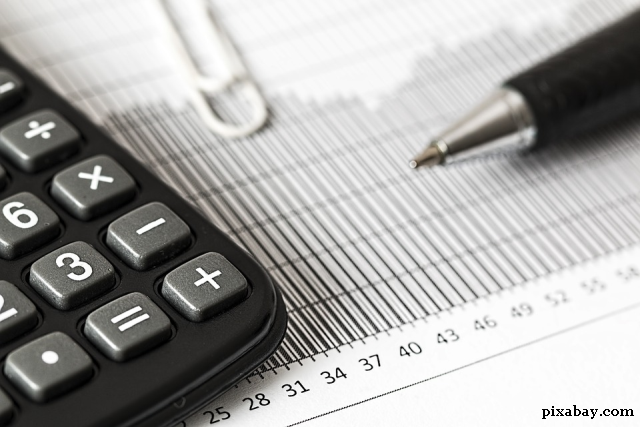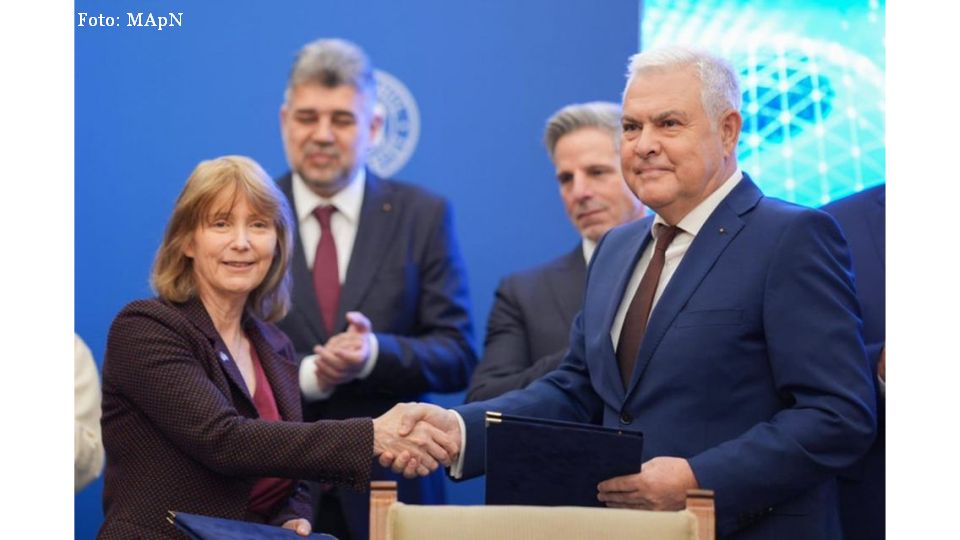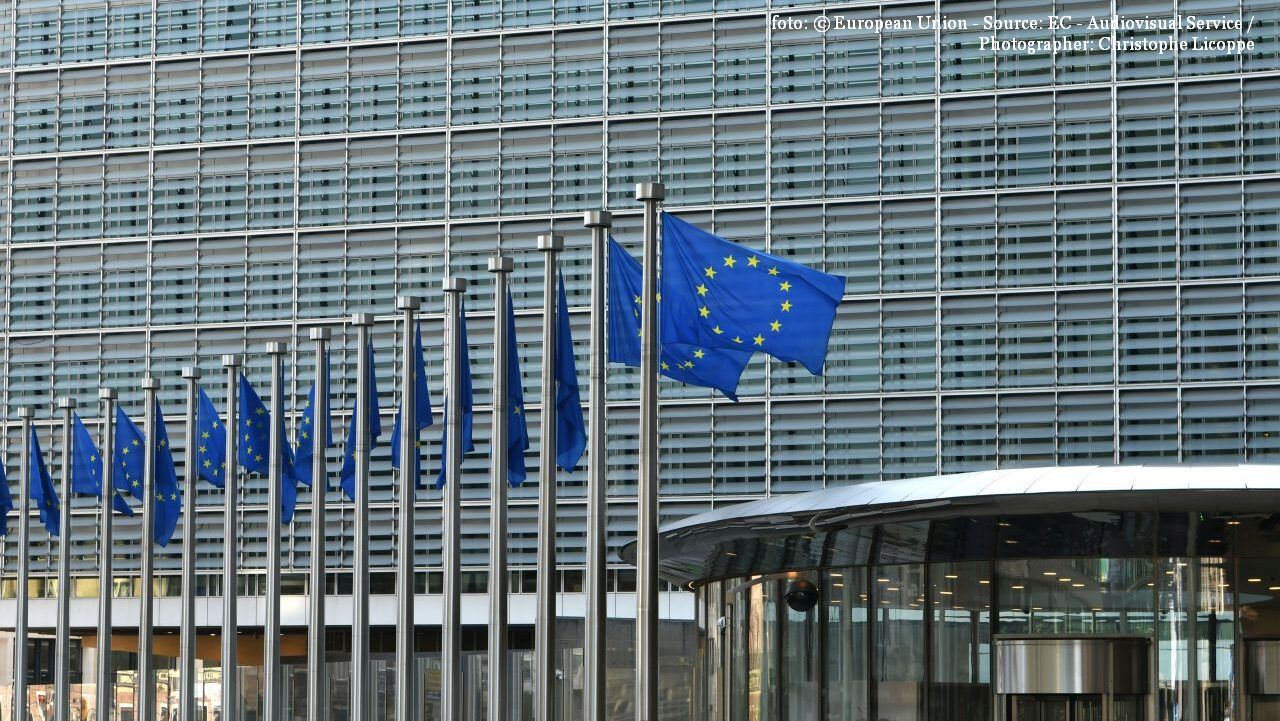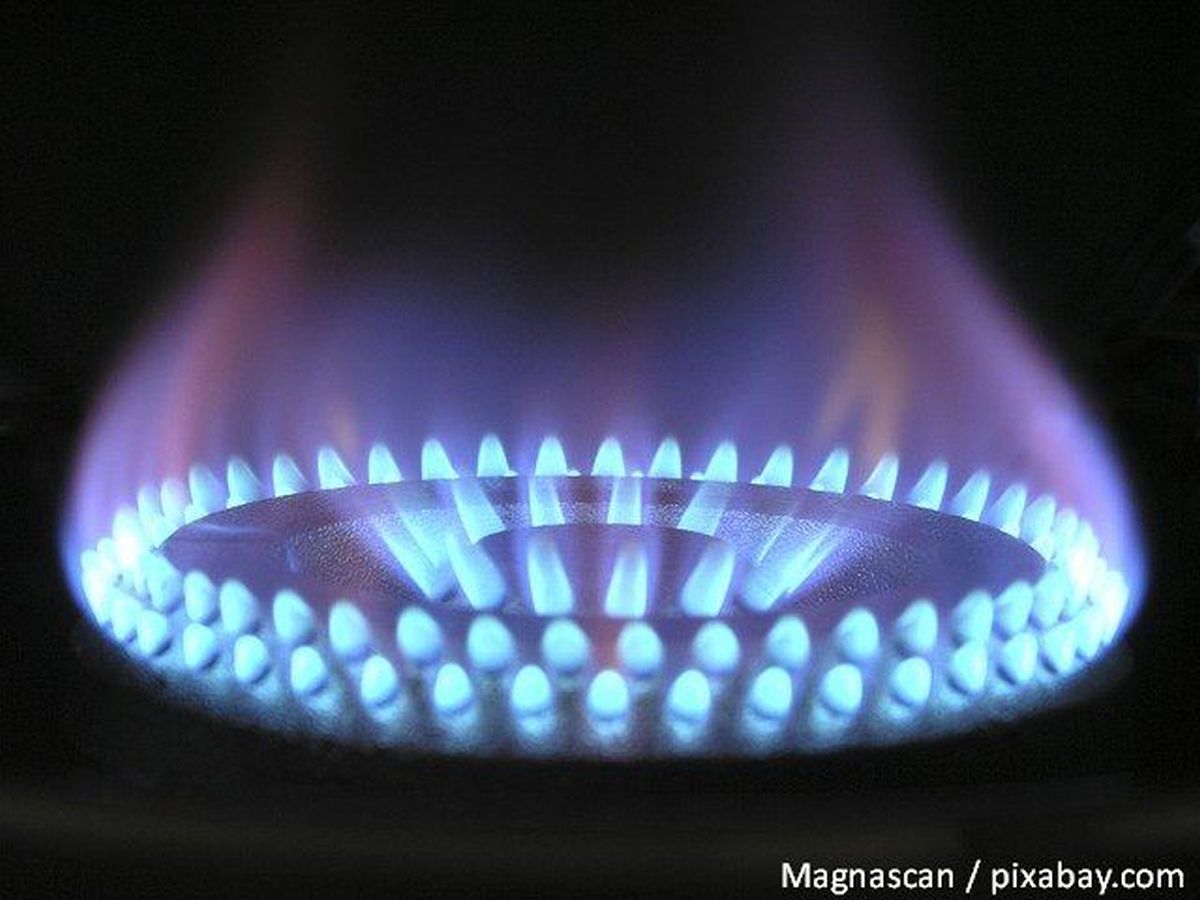Economic forecast for Romania
EBRD predicts economic growth for Romania this year

Mihai Pelin, 05.11.2021, 13:50
The European Bank for
Reconstruction and Development (EBRD) has substantially improved its estimate
on Romania’s economic performance for this year, and in a recent report it expects
a 7.2% growth rate as opposed to the 6% estimated in June.
Further on, in 2022, the
European funds earmarked under the Recovery and Resilience Plan are expected to
lead to an increase in investments and improvement of exports, which jointly
with the predicted fiscal consolidation and the slow-down in private
consumption may translate into a GDP growth by over 4%.
However, EBRD cautions
that these forecasts are rather tentative. The main risk, as far as Romania is
concerned, is the pandemic, given that the country has the second-lowest
vaccination rate in the EU.
Other risk factors are
the high prices for natural gas and oil, because Romania, just like other
countries, is forced to offset the high electricity expenses for low-income
households. Other alarm signs are related to possible disruptions in supply
chains, and the depreciation of the national currency.
According to the
international financial institution, 3 south-eastern EU member states-Greece,
Romania and Bulgaria-are currently seeing a significant economic recovery,
after a rather difficult year 2020. In Romania’s case, domestic demand is the
main engine for growth.
On the other hand, the high prices for raw
materials may undermine the post-pandemic recovery of European economies, insofar
as they strongly affect the trade balance of energy-importing countries like
Romania.
According to the report,
the high energy prices may be a test of the public’s support for a greener
future. While global support was strong and growing in the past few years, in
some economies, including Egypt, Lithuania, Kazakhstan, Poland and Romania the
support rate is lower than in the late 1990s.
According to EBRD,
economies in the region will see an average growth rate of 5.5% in 2021, which
accounts for a 1.3% upgrade since the bank’s June forecasts. In 2022, as
economies recover, the rate will slow down to an average 3.8%. These forecasts
come with a high uncertainty element, given the risks entailed by the Covid-19
pandemic, by a possible worsening of international circumstances and a more
modest growth rate among the main trade partners.
The EBRD was set up in
1991 to invest in former communist states and assist them in the transition to a
free market economy. After the fall of the communist regime in 1989, EBRD became
a major investor in Romania, where it focuses on funding infrastructure, improving
productivity and consolidating the financial sector. So far the institution has
invested nearly 9 billion euros in the Romanian economy, three-quarters of
which went into the private sector. (tr. A.M. Popescu)






























